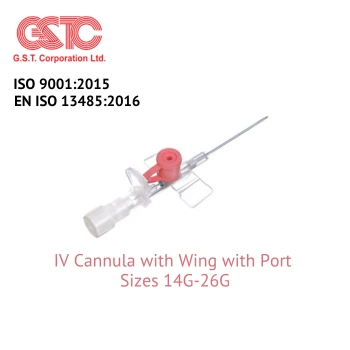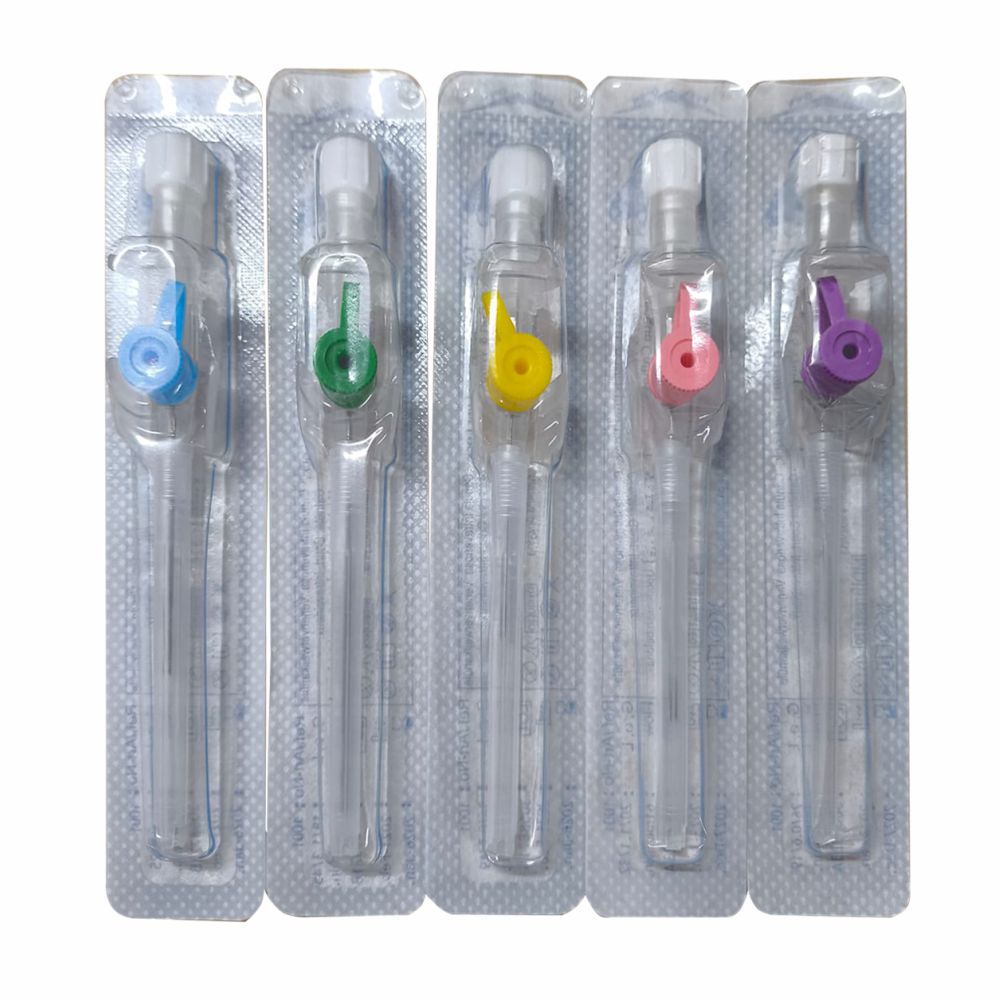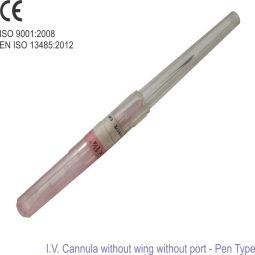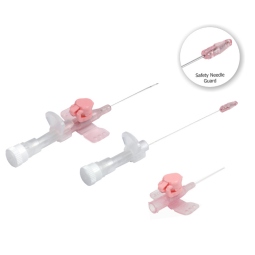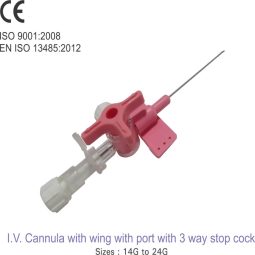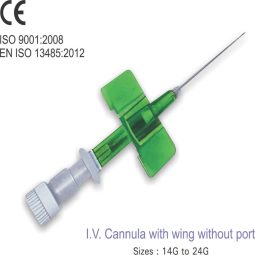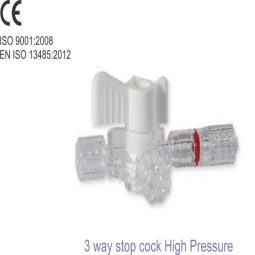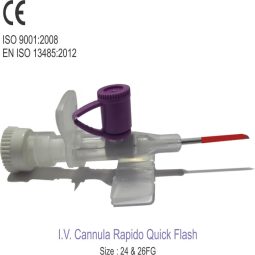Description
Features of IV Cannula With Wings with Port:
- Winged Design: The cannula features wings that provide extra stability and easier handling during the insertion process, ensuring the cannula stays in place once it is inserted into the vein.
- Port for Secure Connection: The integrated port enables easy and secure attachment of IV lines or tubing to minimize the risk of accidental disconnections or leaks during infusion therapy.
- Transparent Hub: There is a translucent hub or casing round the cannula through which the site of insertion becomes visible. It’s an easy monitoring place in search of signs of complications due to swelling or inflammation at the site.
- Sterility: IV Cannulas which have wings and ports in them are generally kept sterile-packed; hence there is very minimal risk involved with their use.
- Multiple Sizes: Our Cannula’s are available in multiple sizes (gauges), so selection can be based on the patient’s needs, type of therapy, and required flow rate. Smaller gauges are used in infants or with medications requiring a slower infusion rate; larger gauges are for blood transfusions or high fluid infusion rates.
- Smooth Insertion: The cannula is produced with a smooth tapered tip to minimize the trauma and discomfort experienced by the patient during easy insertion into the vein.
- Flexible and Durable Material: It is made of flexible, medical-grade plastic materials such as PVC or Teflon that will provide strength and flexibility while not readily kinking or bending in the case of use.
- Easy Markings: Our devices have lines or marks to help measure the depth of insertion or where the cannula is within the vein.
- Single Use: Our IV cannulas are single-use to ensure sterility and prevent contamination, thereby improving patient safety.
Common uses of IV Cannula With Wings with Port:
- Intravenous Fluid Administration:
- Medication Delivery
- Blood Transfusion
- Blood Sampling
- Chemotherapy Infusion
- Parenteral Nutrition
- Patient Monitoring
- Long-term Access
Types of IV Cannula With Wings with Port:
- Standard IV Cannula With Wings with Port
- Safety IV Cannula With Wings with Port
- Radiopaque IV Cannula With Wings with Port
- High-Flow IV Cannula With Wings with Port
- Micro IV Cannula With Wings with Port:
The GSTC Intravenous Cannula offers safe, efficient therapy with bio-compatible materials, an ergonomic design, and secure locking. IV cannula comes in multiple gauge sizes for diverse medical needs.
IV Cannula Size and Colour:-
| Size | Catheter O.D.mm | Catheter Length mm | Flow Rate (ml/mnt) |
| 🟧 14G Orange | 2 | 45 | 305 |
| 🔳 16G Grey | 1.7 | 45 | 200 |
| ⬜ 17G White | 1.5 | 45 | 142 |
| 🟩 18G Green | 1.3 | 45 | 90 |
| 🟩 19G Green | 1.3 | 32 | 94 |
| 🟪 20G Pink | 1.1 | 32 | 56 |
| 🟦 22G Blue | 0.9 | 25 | 36 |
| 🟨 24G Yellow | 0.7 | 19 | 23 |
| 🟪 26G Violet | 0.6 | 19 | 17 |
